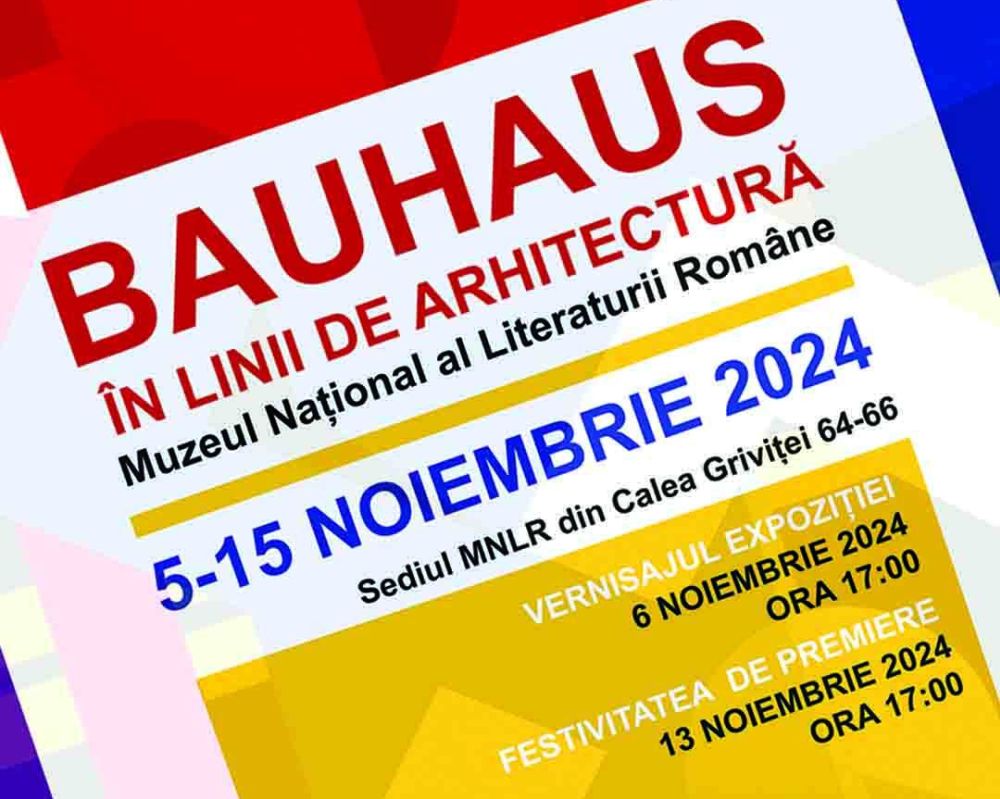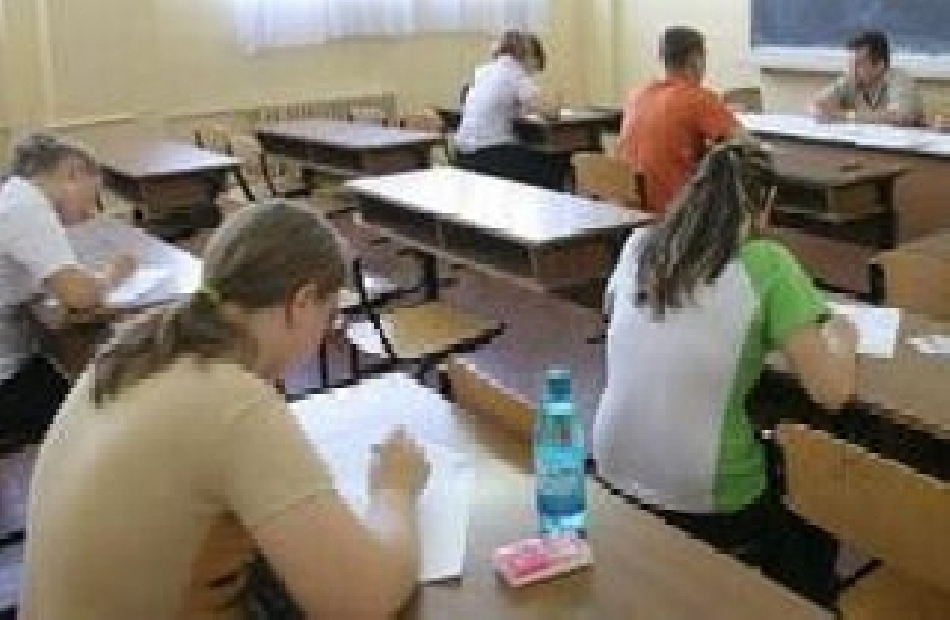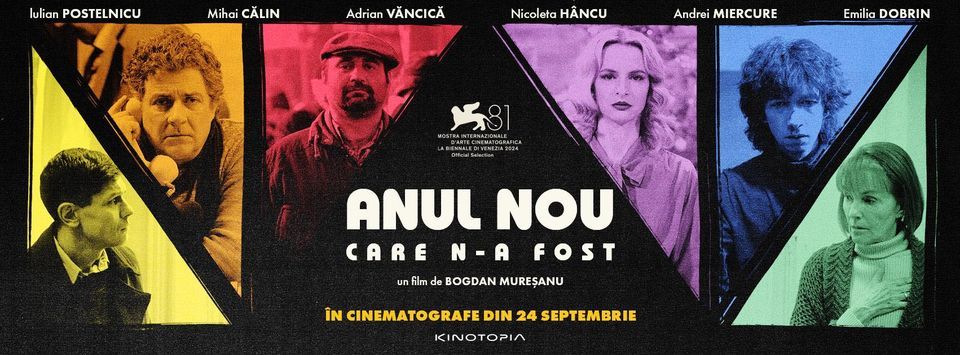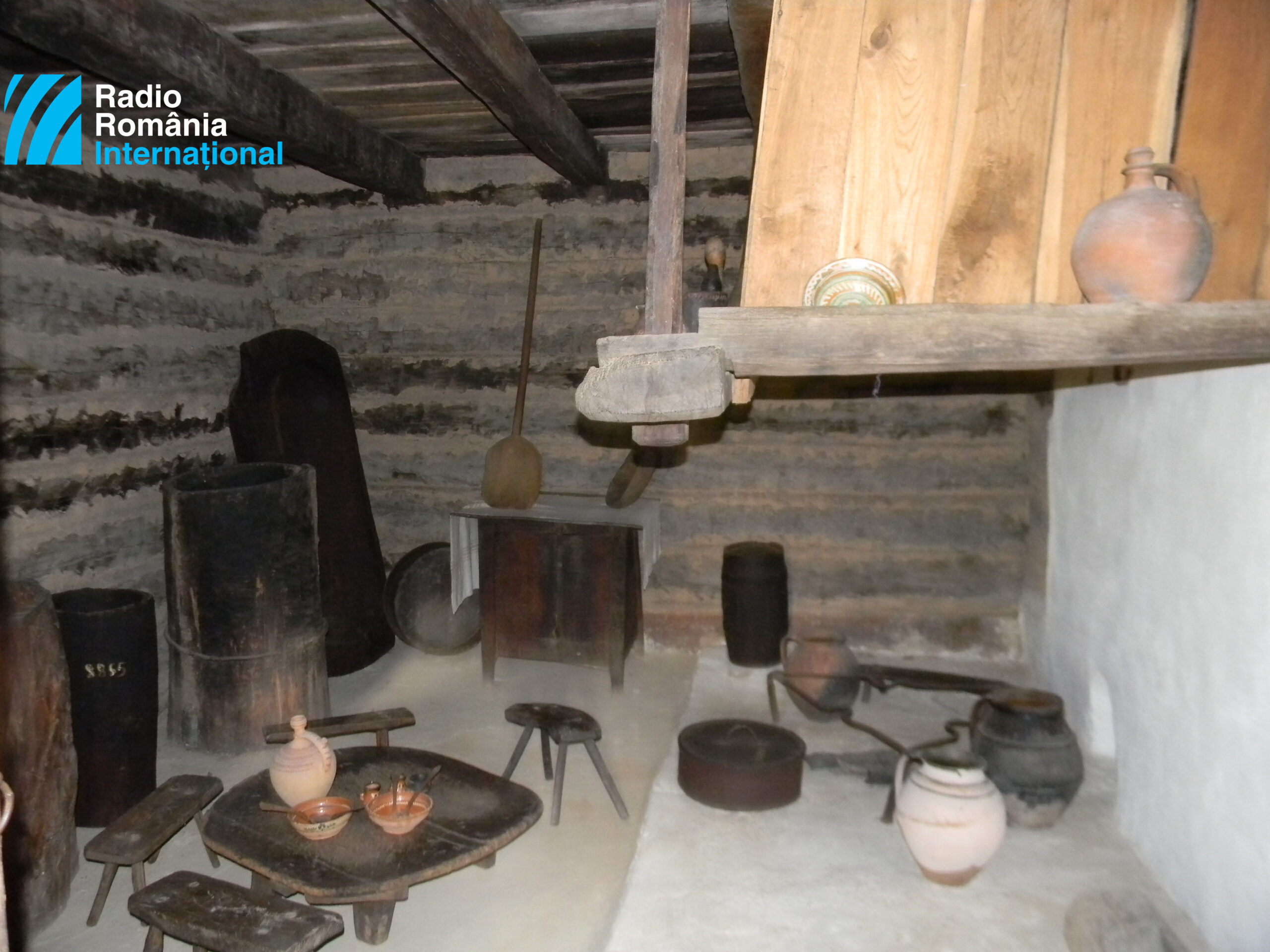Old Crafts, New Crafts
The priorities of the Romanian education seem to be equipping schools with computers, providing better Internet access for students and other aspects related to how quickly students should related to today's realities.

România Internațional, 18.01.2015, 13:49
The priorities of the Romanian education seem to be equipping schools with computers, providing better Internet access for students and other aspects related to how quickly students should relate to today’s realities. Nevertheless, a school that still observes the tradition of the old village schools, located in Piscu village, Ilfov county, encourages children and even adults to rediscover various crafts and to get accustomed with the local cultural heritage. Adriana Scripcariu is the coordinator of the Agatonia School and of the Gaspar-Baltasar-Melchior Association. Next she will tell us more about Agatonia School from Piscu village:
“Agatonia school is a special school, in the sense that it is first of all a primary school, where the normal activities for such a school are carried out, and secondly a special-interest school, where we encourage activities related to the cultural heritage of the area. We are trying to introduce information about the cultural heritage during the regular classes. In the practical skills classes we teach pupils about the old crafts mentioned in the history of the village and also the weaving craft. Over the past years we have issued 2 books, actually textbooks about the local cultural heritage. We believe that each county should have such a book. As I was telling you, we have 2 such books, for the Ilfov and Brasov counties. The books are cross-disciplinary, in the sense that they include chapters on folk literature, on crafts, on various holidays, or religious holidays that are observed along the year. These books are supposed to help children to find out more about the cultural values of their region. Those who come to study in Piscu will learn more about the cultural heritage of the area and will be initiated in various traditional crafts. The school is attended by various groups of children and even groups of adults from various areas of Romania”.
The purpose of the school is to help the young generations learning there to appreciate the precious cultural heritage left by their forerunners and to carry on these traditions through their work. Adriana Scripariu and her husband, sculptor Virgil Scripariu, did not have any idea at first about what the school they set up would be like:
“I couldn’t say that we had a very precise plan, we built this project gradually, starting from the fact that we settled in a village that had these strong traditions. I am an art historian and my husband is a sculptor. Together we have discovered the cultural heritage of this village and we wanted to share this information with our children and the children of the village. Seeing how attractive this subject can be if it is presented properly to children, we have opened the school for groups of children from other villages. They came and spent a few hours in our school, where, I hope, they learnt about traditional crafts.”
While in the morning the school operates just like any normal school for the children in the village, in the afternoon the Agatonia School opens its doors to a large number of children, of various ages, for whom extracurricular and interdisciplinary activities are organized, on various themes related to culture, Romanian heritage and general knowledge in a broad sense. The morning classes and the extracurricular activities are free of charge for the participating children from the rural community in Piscu, a village lacking in a diversified educational offer. Also, the Agatonia School opens regularly, upon demand, for other groups of children and adults who are interested in taking part in the activities proposed, in workshops initiating them in traditional craftsmanship techniques or making them familiar with the local cultural heritage. These groups are supporting, through their contribution, the school’s daily activity. This is the self-financing method proposed by the association. Adriana Scripcaru tells us more about the school’s visitors:
“The school has had all sorts of visitors, from kindergarten kids to adults representing important institutions who came here in search of teambuilding activities. The pottery workshop is one of our most common activities, as this village has a longstanding pottery tradition. The adults who participate in these workshops rediscover all sorts of ceramic objects and tapestries that bring back childhood memories for many of them. We also have sculpture-related activities. We hold relief sculpture workshops, where participants learn how to make relief sculpted objects, as well as portrait workshops, with participants learning under a sculptor’s guidance how clay portraits are made, after a live model. These are things that people rarely have the chance to do. That is why they come to us. We can organize several workshops within the same visit and combine, for instance, relief sculpture with pottery and tapestry, clay portrait sculpture with pottery or ceramics painting with lino engraving. We can combine these workshops in many ways, depending on our guests’ preferences.”
In the near future all those who come to Piscu will have the chance to personalize the ceramics tableware they make. In a more extensive project, the Agatonia School plans to promote the idea that cultural heritage must become a subject matter in school, as a means to promote civic awareness and engagement.






























